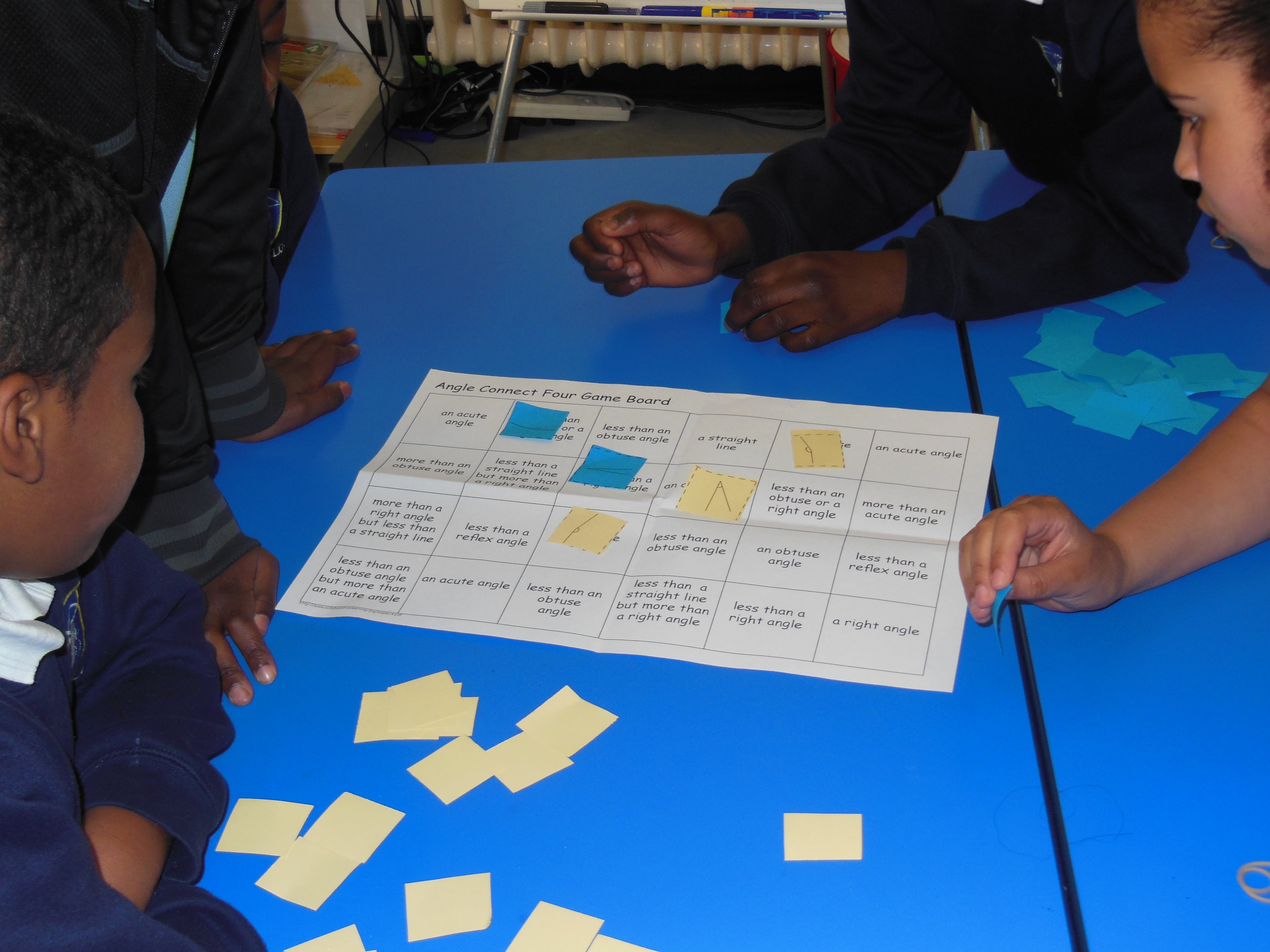
|
Grouping and Sharing 11th November 2013 Where in your classroom is your new arrival going to sit? As an EAL teacher, this is, I think, my biggest battle. Intuitively teachers and teaching assistants feel that the table where there is most support is best. This is very rarely so. Children who struggle to learn are also often poor communicators. New arrivals need to be exposed to extensive good language modelling. If you are blessed with chatty children, who drive you mad, now is their moment to shine. In the early days of learning English, just hearing English spoken, so they can tune in, is vital. So put your new arrival on a table of higher attaining pupils. They may well have knowledge and understanding that means this is their natural peer group. Last year we had a new arrival from Spain, Jose. He was placed on an extensive support table for all subjects. In a maths lesson it was very clear that whereas the other children were struggling with the concepts, Jose was a very strong mathematician. It was extremely hard to persuade his teacher that he could and should work with higher attaining groups. After a series of lessons where I adapted the material and provided word banks, he did move and was rapidly recognised by the others as an able mathematician. He now works happily in a challenge group in Maths with other pupils offering quick additional translations where needed. Good mathematicians like working with other good mathematicians. Of course, your new child may find things hard: Maths may have been taught very differently and topics such as Shape and Space or Data Handling may be new areas. Even in this instance it is better to do different work alongside brighter chattier pupils. Zara had to be incorporated into a year 4 literacy lesson describing Caliban and Prospero from the Tempest. As she sat with some very good writers and sorted some colours to create a monster we were able to all talk about the characters – Zara then made a mini book of colours to go with her monster so that at home she could add some Pushto words to describe a monster. The other children wrote their descriptions, and because they had really imagined monsters their writing was vivid and powerful. A win, win situation.
|
|
|





